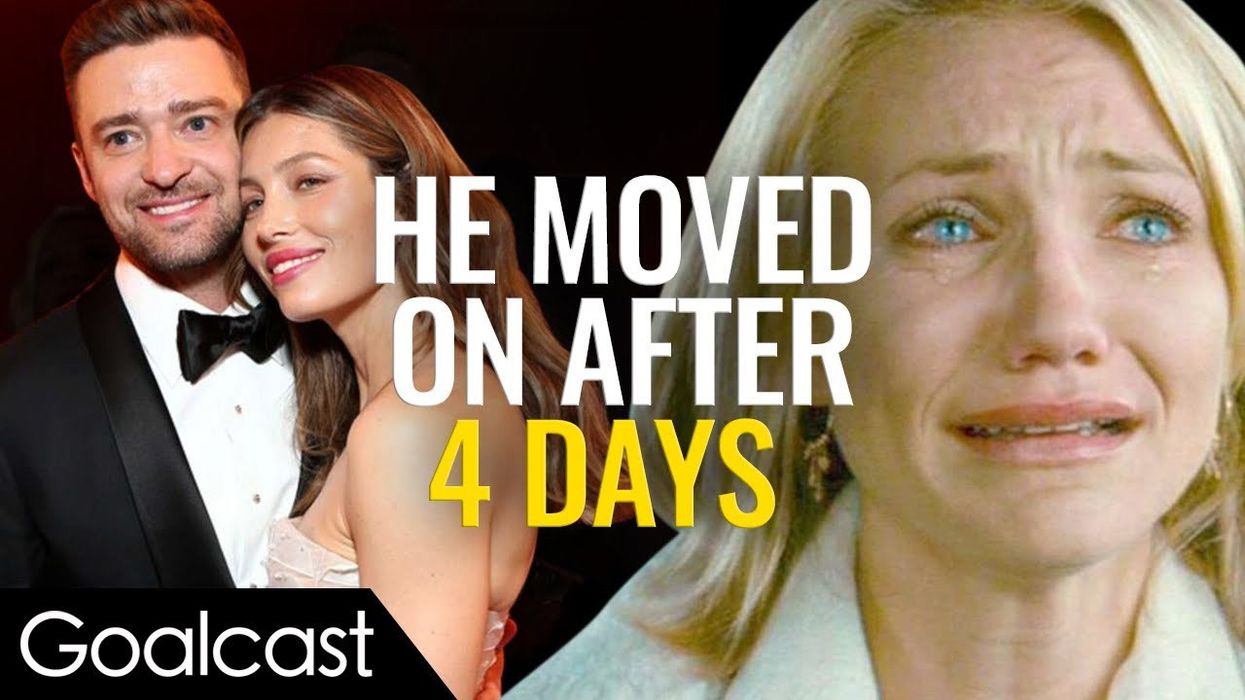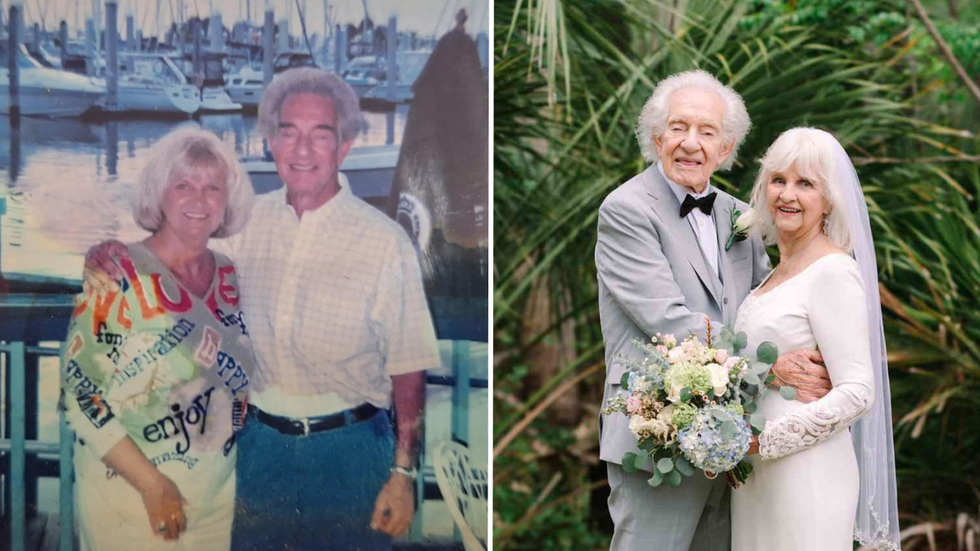
How Writing Your Own Eulogy Can Help You Follow Your Heart and Live Your Best Life
In the Western world, we hide from death.
We’d prefer to pretend as though we lived forever and do everything in our power to make that a reality. We think our impermanence is a bad thing -- but if you take the time to reflect on your own death, even doing something as crazy as writing your own eulogy, it can provide you with invaluable gifts.
By contemplating on your own impermanence, you can gain an incredible sense of perspective and clarity that can help you decide what you want to do with your life as well as the urgency to move you to action to follow your heart and accomplish those goals and dreams.
How Writing Your Own Eulogy Can Help You Follow Your Heart and Live Your Best Life
The only way to make sense out of change is to plunge into it, move with it, and join the dance.
Many of us live out our life unsure of what we want to do, who we are, or who we want to be (depending on how you look at it). We never take the time to gain clarity. The result is that we live out our life going wherever the wind blows us and end up passing with regrets.
But an interesting thing happens when we reflect on our own death: things become crystal clear.
I don’t presume to say that this exercise will work the same for everyone, but I’ve yet to see someone it didn’t have a profound effect on in any case.
Here are the steps:
Step 1: Imagine your own death
First, you need to imagine your own death. I wish I could put that a little softer, but really, there’s no value in sugar-coating the exercise.
No matter what you believe, to imagine what it will be like when our body is sitting lifeless in a coffin while our friends and family sit around it, contemplating what life will be like without us, is a pretty intense thing to think about.
However, to first contemplate on your own death is key for this exercise to work, so do your best to go all the way and imagine your funeral and every aspect of your life with you removed– your home, your work, and imagine your loved ones and how they’ll feel and react to your death. Imagine what will happen with you gone.
There are no rules here, so you can take thirty minutes, a day, or a weekend for the imagination part of this exercise. Whatever you do, at least give yourself a good small block of time to really dive in and imagine this fully.
Step 2: Write your eulogy
For those unfamiliar, a eulogy is a piece of writing which praises someone, typically someone who has just passed away.
Generally, a eulogy reflects back on the person’s life and what they accomplished. The kind of person they were, what they did for others, and the lessons that specific person reading it learned from the deceased.
In the same way, you’ll write your eulogy. However, because you’re obviously living and breathing you’ll be writing your own eulogy thinking about what you want to have accomplished once you pass. Imagine what you want people to say about you when you’re gone, how you want people to feel about you, and what lessons you want to impart to those you care about and the world at large.
Again, give yourself a fair amount of time to do this. I think a minimum amount of time necessary is one hour, but you can take a day in nature to block out distractions and focus for maximum effect.
Step 3: Work backward (set goals, make plans)
At this point, you’ve had a bit of a wild ride. The good news is the hard part is done and your job is now to use this newfound knowledge to your advantage to begin taking action on your now clarified goals and dreams. And the first step in that process is to work backward.
The unfortunate part of all this is you have no idea when you’re going to die, but the likelihood is after doing this exercise you also now realize the value of every minute you have alive and how you should make the most of it no matter what, so start by working backward and figuring out when would be a reasonably believable time frame for accomplishing each of your new major goals (or goal).
Once you have this information, work backward and figure out what you’d need to accomplish to make this goal happen. Break this information down into time-chunks starting with the year, then quarter, then month, week, and even down to the day.
By breaking down your goals into smaller and smaller chunks in this way you gain great clarity about what it takes to accomplish your goals and this clarity has an incredible way of motivating you because you see clearly the path to accomplishing your goal. In a few words, you now see your goal as doable and this helps motivate you.
Step 4: Take action (and never forget)
You’ve taken the time to reflect on your life, contemplating who you want to be and what you want to accomplish, written your eulogy, created a plan to match, and have broken down your goals into bite-sized chunks you can take action on. Now that your plan is in place, all that’s left to do is take action.
Never forget what it felt like to contemplate on your own life and what each minute of life really means to you. And use this as fuel for following your heart and living your best life. A life of no regrets.














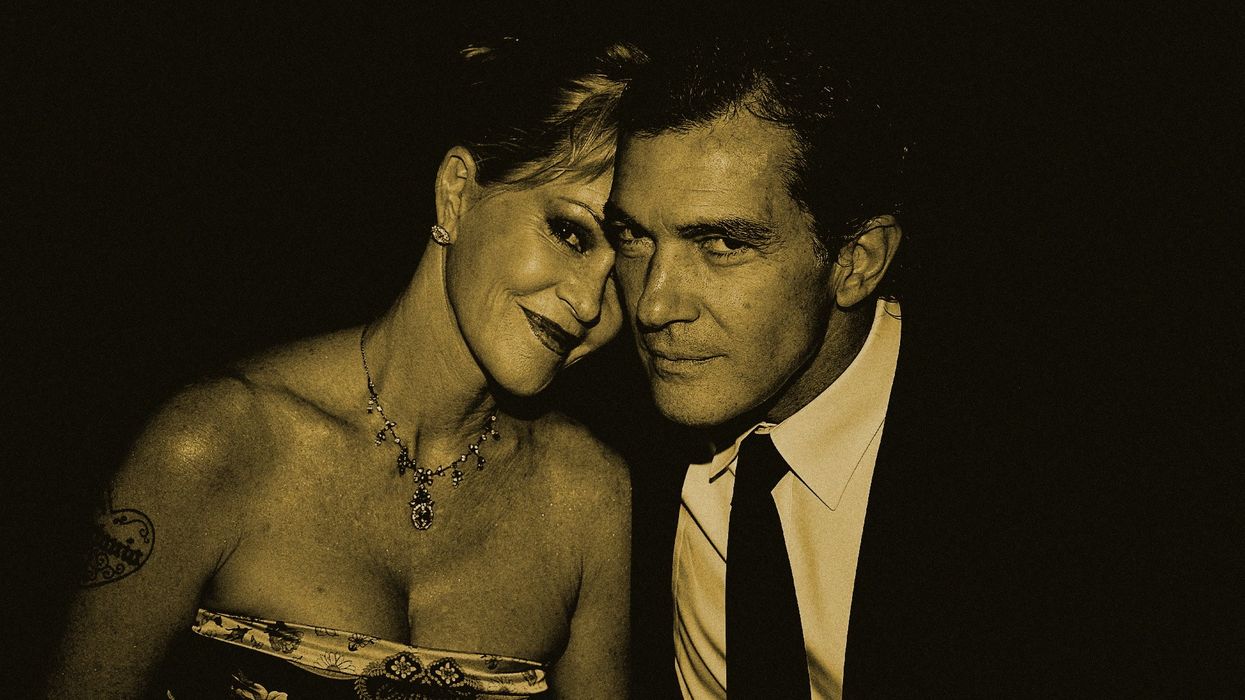



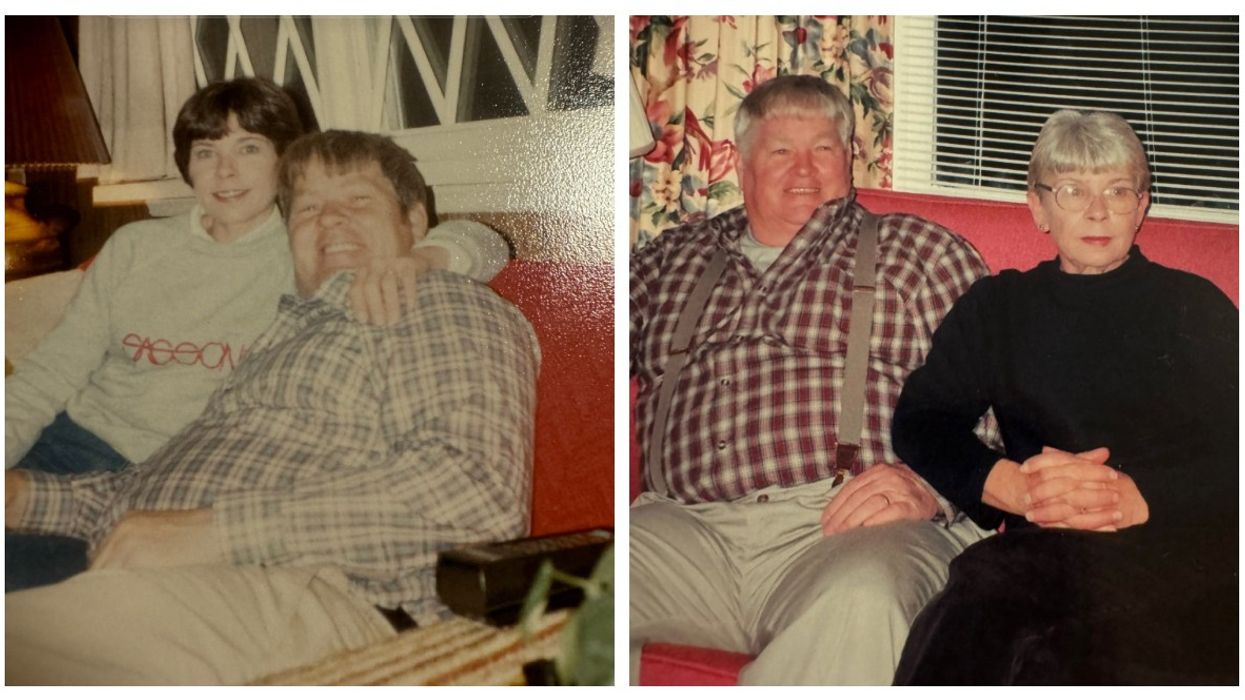
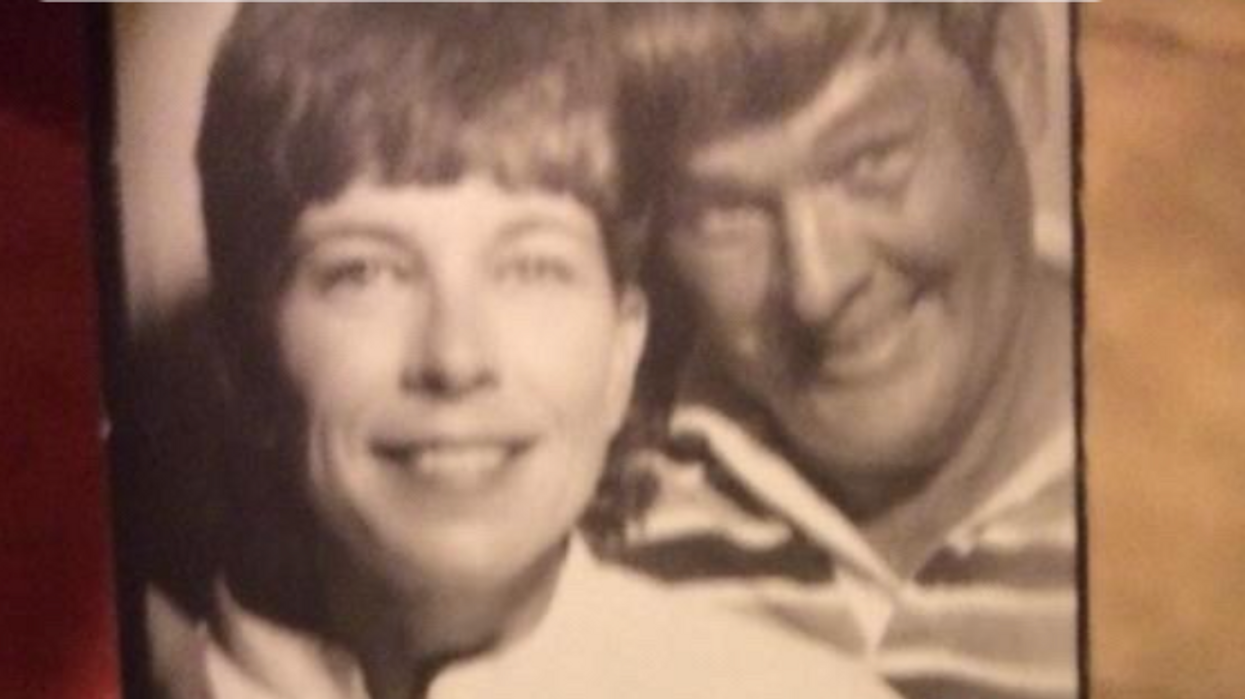 Old photobooth strip of Nana and Papa@jennjensc/TikTok
Old photobooth strip of Nana and Papa@jennjensc/TikTok An elderly woman sits in chair with blue blanket while doing chemotherapy.@jennjensc/Tiktok
An elderly woman sits in chair with blue blanket while doing chemotherapy.@jennjensc/Tiktok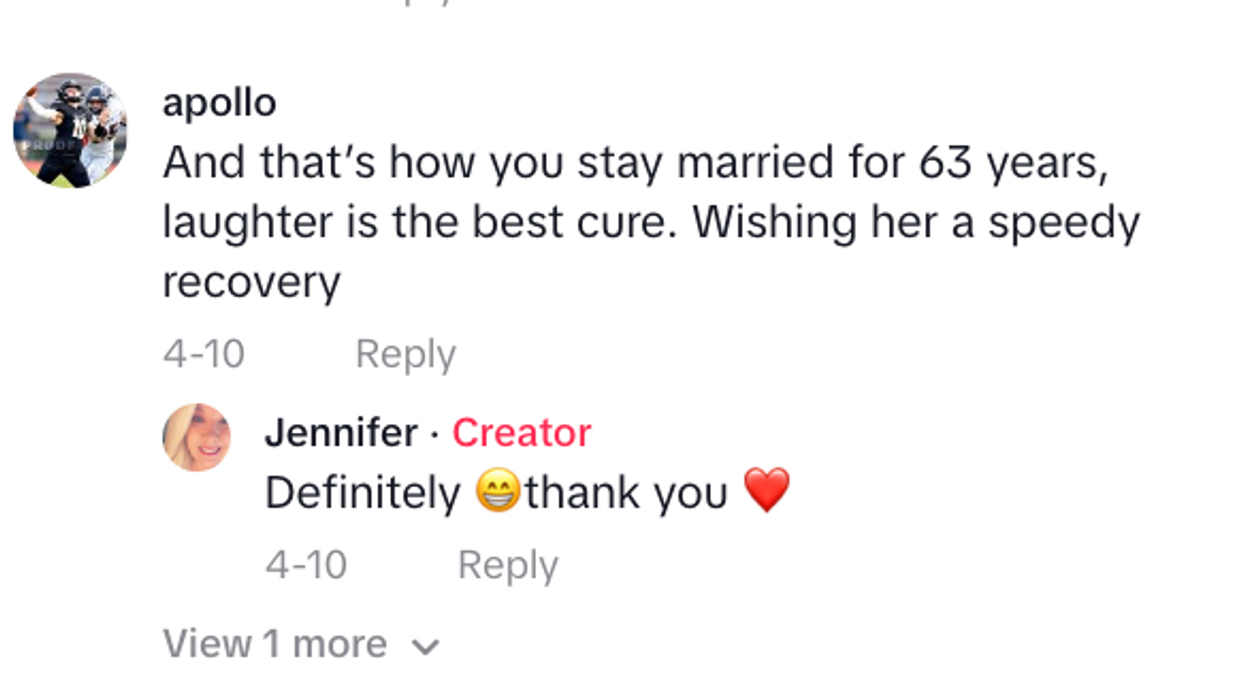 screenshot of a comment on TikTok@jennjensc / TikTok
screenshot of a comment on TikTok@jennjensc / TikTok

